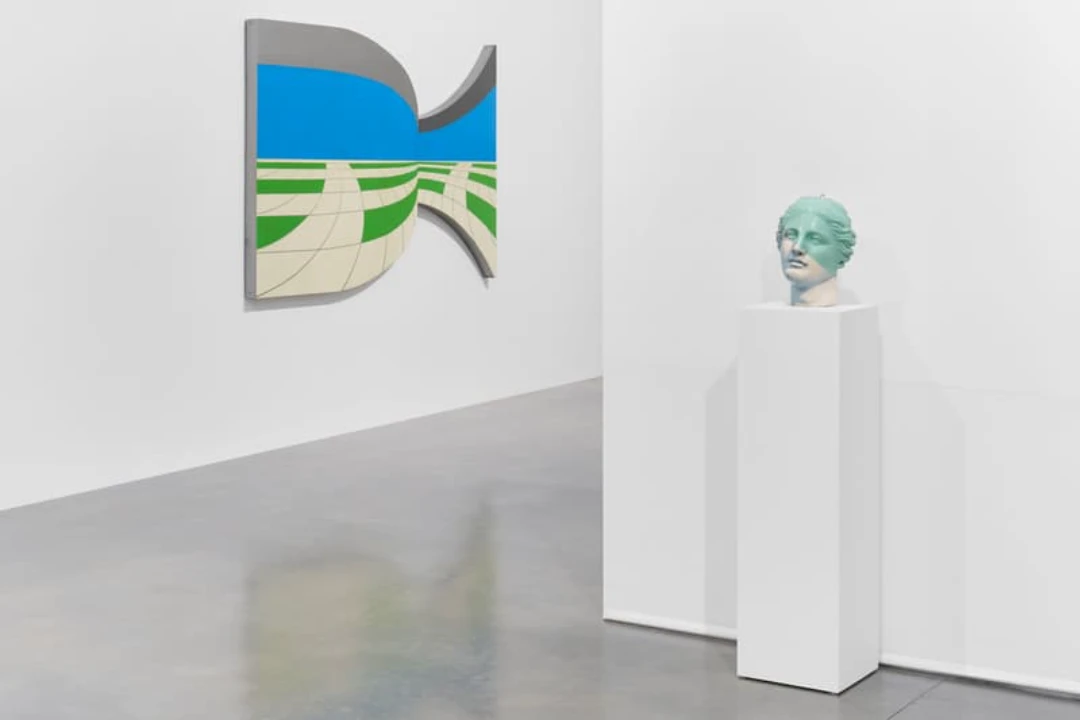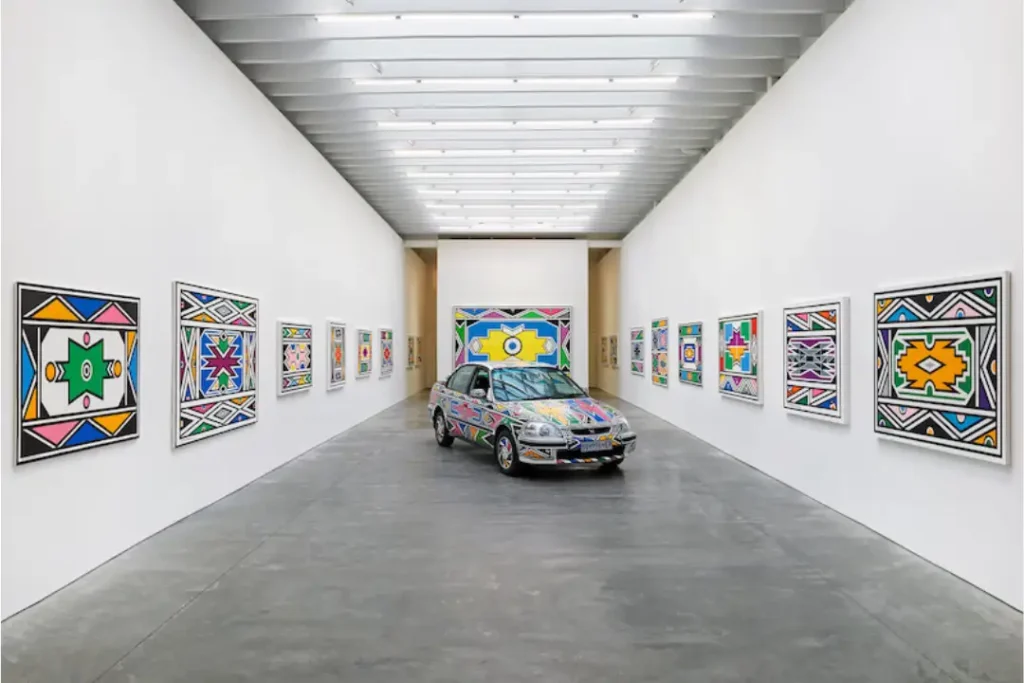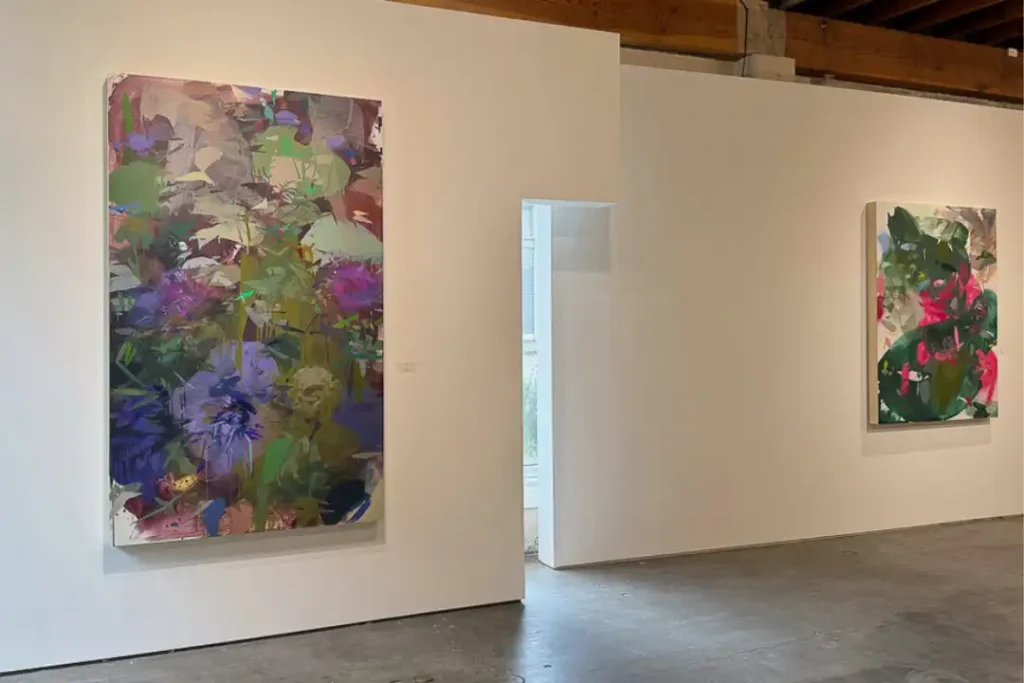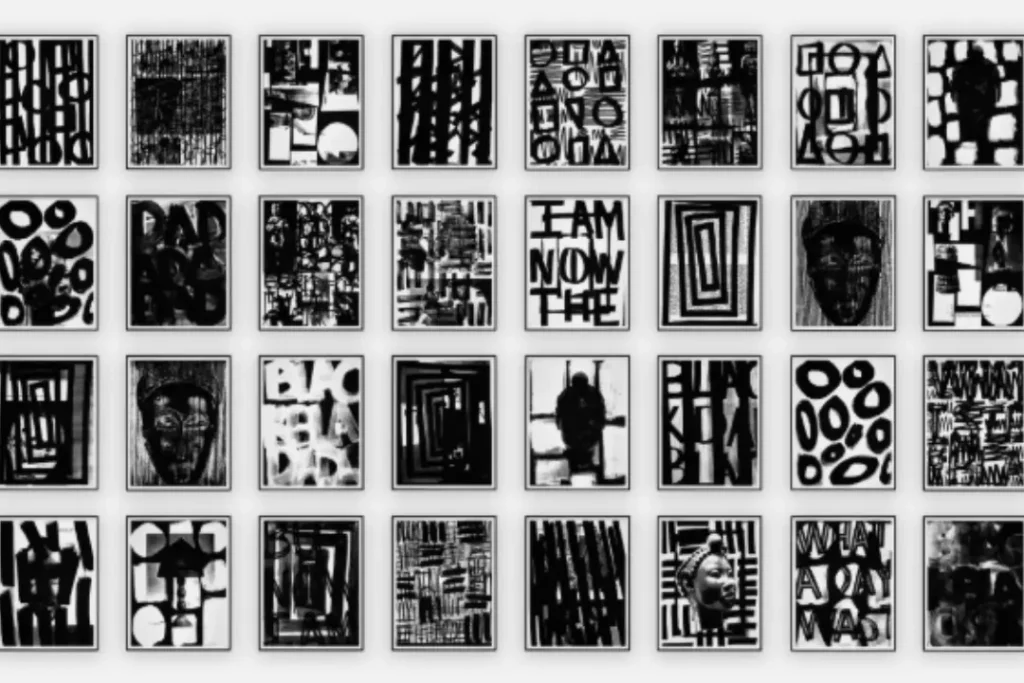Pace Gallery has unveiled a monumental exhibition dedicated to Jiro Takamatsu, one of Japan’s most influential and pioneering artists. The exhibition spans Takamatsu’s illustrious career, highlighting his role in shaping contemporary Japanese art through his avant-garde approach and contributions to the Mono-ha movement. This show marks the most comprehensive retrospective of his work outside Japan, offering a rare and in-depth look at the artist’s exploration of form, space, and material.
The Legacy of Jiro Takamatsu
Jiro Takamatsu (1936-1998) was a central figure in post-war Japanese art, best known for his conceptual works that challenged traditional artistic conventions. As a founding member of the Mono-ha movement, Takamatsu and his peers rejected conventional ideas of art, focusing instead on the relationship between natural materials and their surroundings. His work often blurred the line between art and philosophy, using minimalism to explore the metaphysical aspects of existence.
Takamatsu’s influence on both Japanese contemporary art and global avant-garde movements is undeniable. His minimalist sculptures, installations, and drawings continue to inspire generations of artists who seek to understand the boundaries between material and perception.
A Comprehensive Retrospective
The Pace Gallery exhibition provides a comprehensive overview of Takamatsu’s career, spanning his early explorations in sculpture and photography to his later work in drawing and installation art. The exhibition is organized thematically, allowing visitors to trace the evolution of Takamatsu’s thinking and artistic practice.
Highlights of the show include pieces from his renowned “Shadow” series, where the artist used shadows as metaphors for the absence of materiality, and his “Perspective” works, which play with the viewer’s perception of space. The exhibit also features Takamatsu’s assemblages, where natural elements like stones and wood are juxtaposed with industrial materials, illustrating his Mono-ha philosophy.
The Intersection of Material and Space
Takamatsu’s work is often defined by his investigation into how materials interact with space. His minimalist sculptures challenge viewers to rethink their relationship to the objects around them, using simple, often raw materials to create profound philosophical inquiries. His “Strings” series, for example, uses thin wire and thread to explore tension and balance, questioning how the material world is held together.
In this exhibition, Takamatsu’s art emphasizes the notion that absence and emptiness can be just as significant as the physical presence of an object. His mastery of negative space and minimalist forms reflects a deep engagement with Zen philosophy and the impermanence of the material world.
A Pioneer of the Mono-ha Movement
Takamatsu’s work was integral to the development of the Mono-ha movement in the late 1960s and early 1970s. Mono-ha, or “School of Things,” sought to challenge the distinction between natural materials and the human-made world. Rather than imposing form or meaning onto materials, Mono-ha artists allowed objects to exist in their natural state, revealing their inherent properties through the act of artistic arrangement.
The Pace Gallery exhibition highlights Takamatsu’s role in this movement, showcasing his ability to create profound philosophical dialogues using everyday objects like wood, stone, and iron. His work is presented not only as a visual experience but as an intellectual and spiritual inquiry into the nature of existence.
Conclusion: A Monumental Tribute to a Japanese Master
The Pace Gallery’s exhibition on Jiro Takamatsu is a monumental tribute to one of Japan’s most influential artists. By showcasing his profound explorations of material, space, and perception, the exhibition offers a rare opportunity to engage with the work of a true pioneer in contemporary art. Takamatsu’s legacy continues to resonate, influencing both Japanese artists and the broader global art community.













Hebru Brantley Explores “Black Odyssey” at SCOPE Art Show